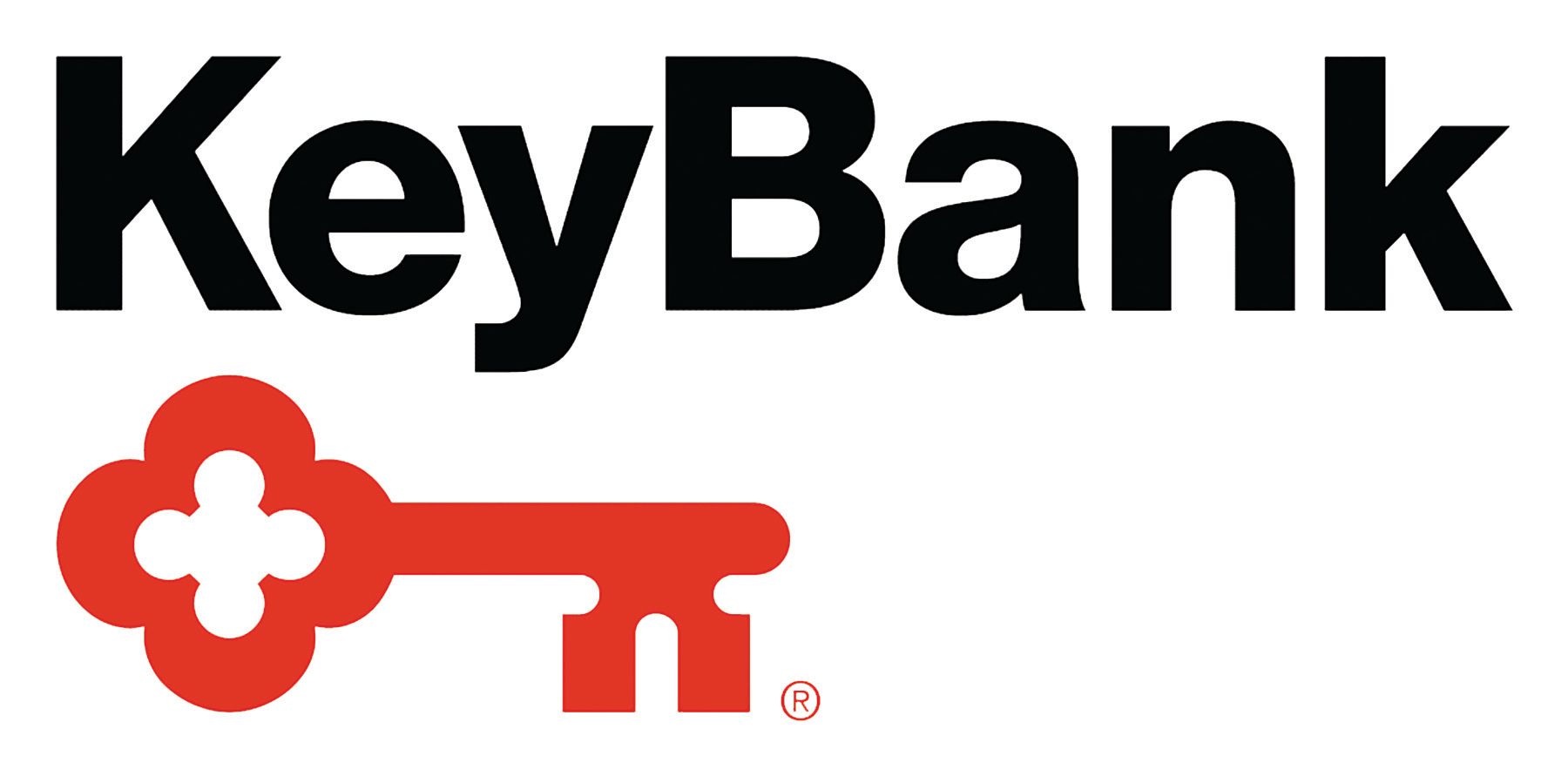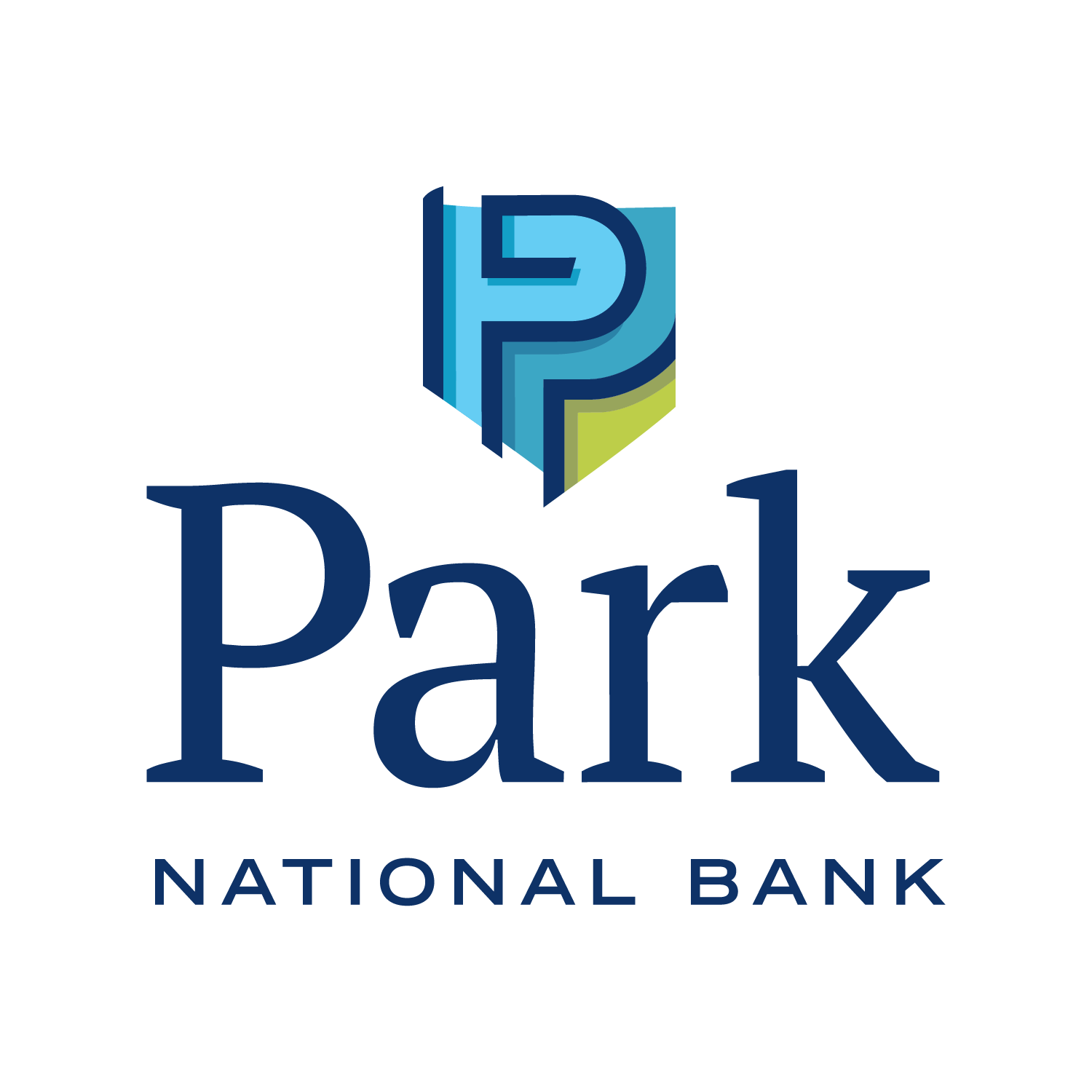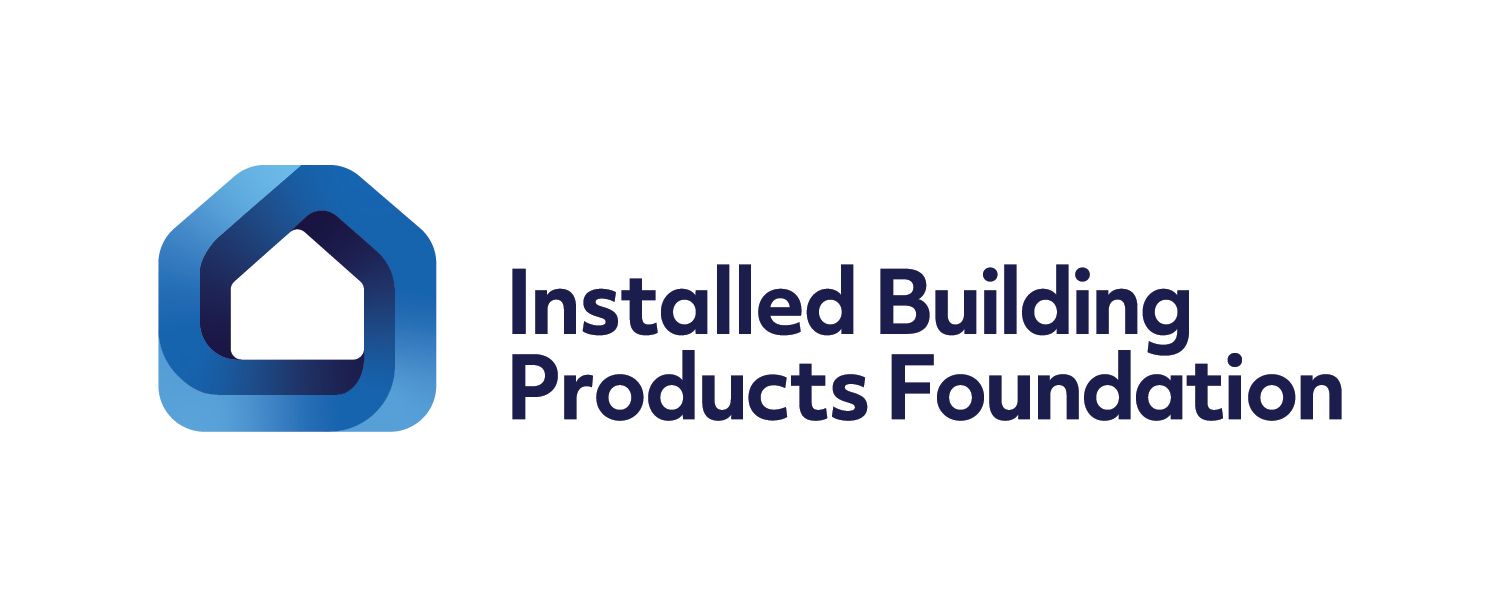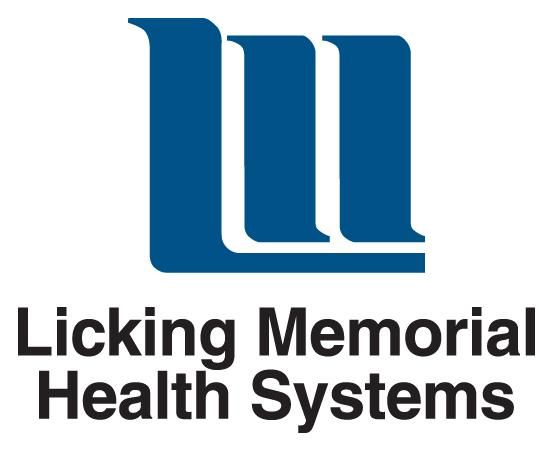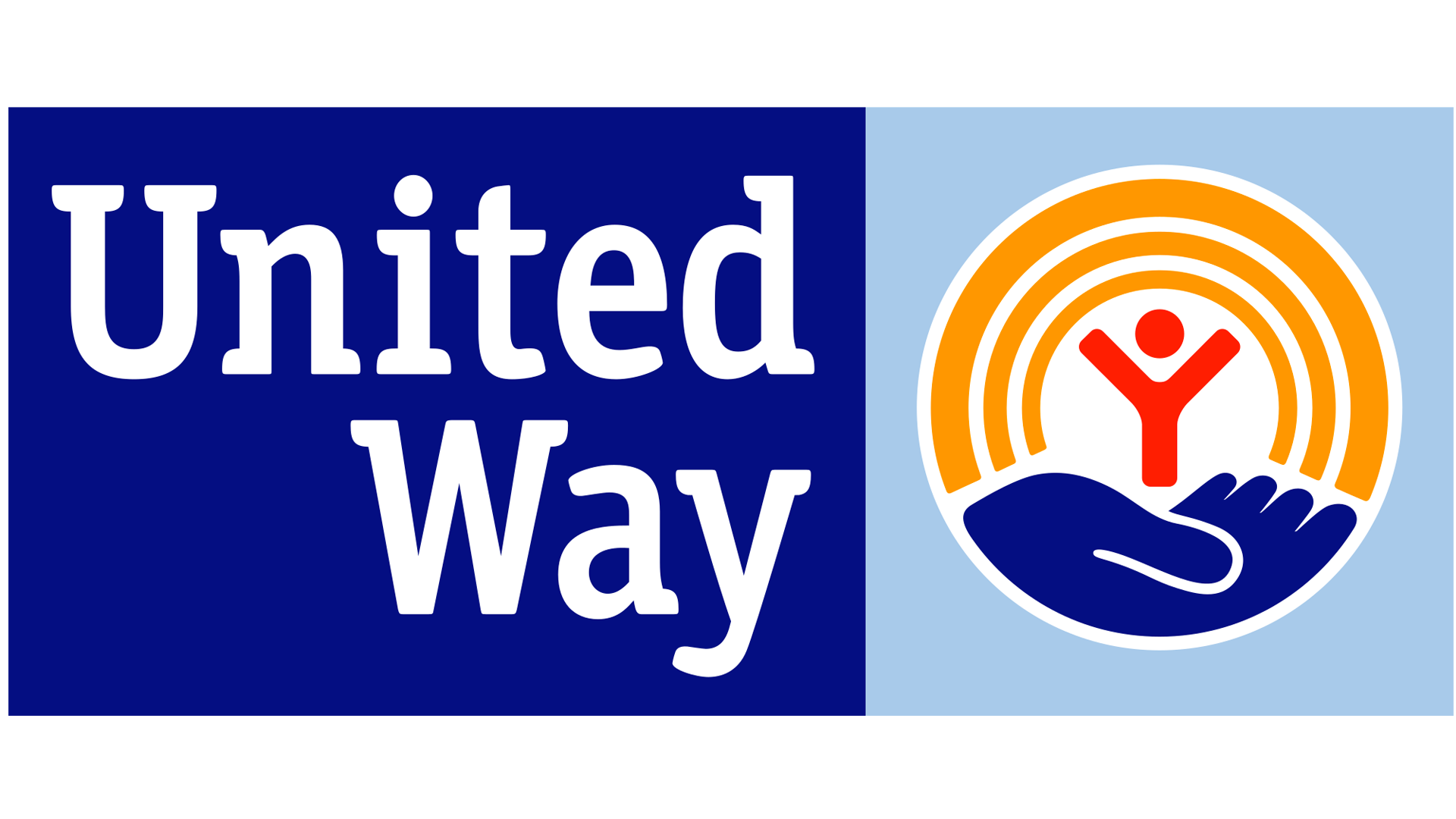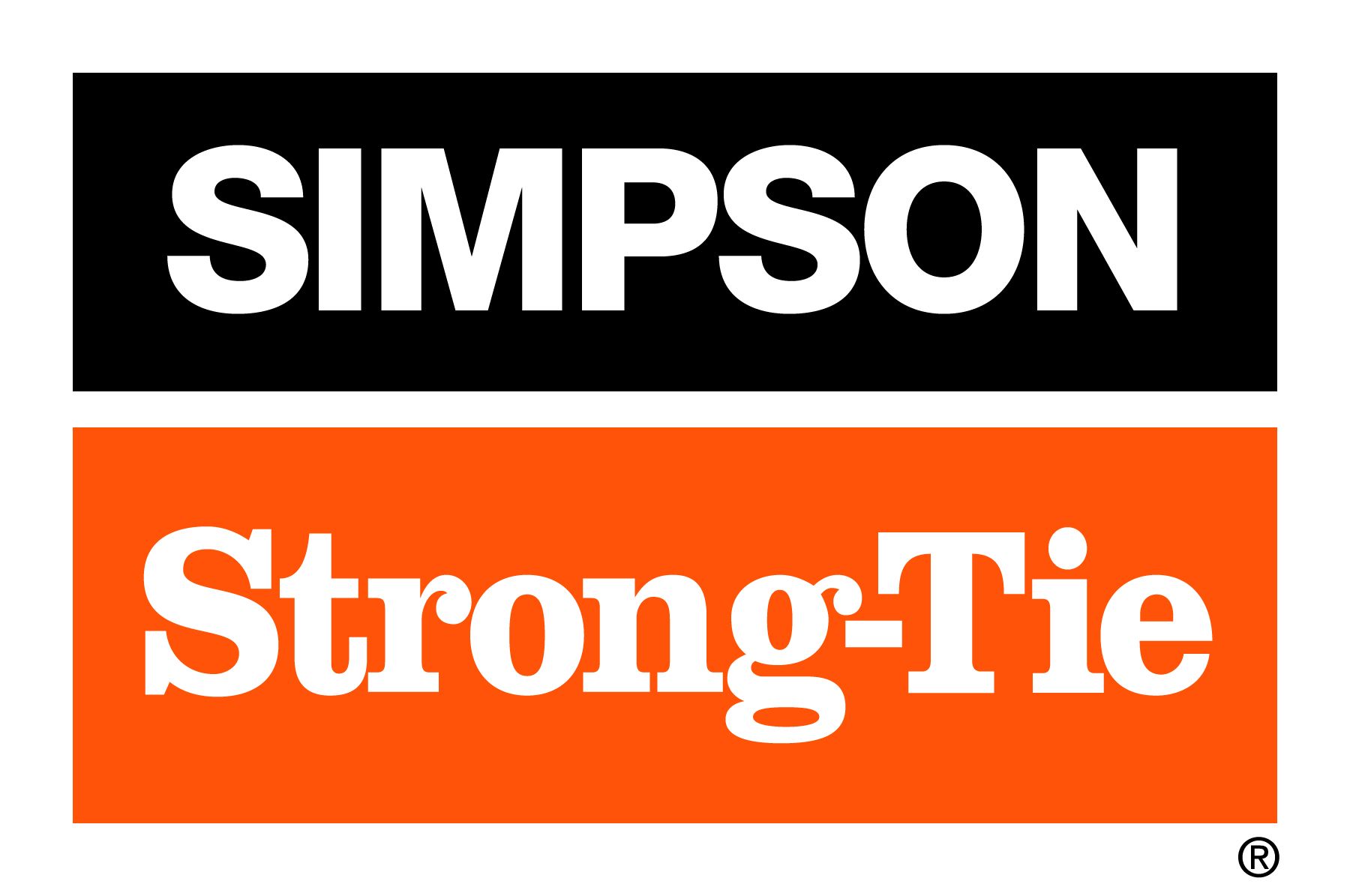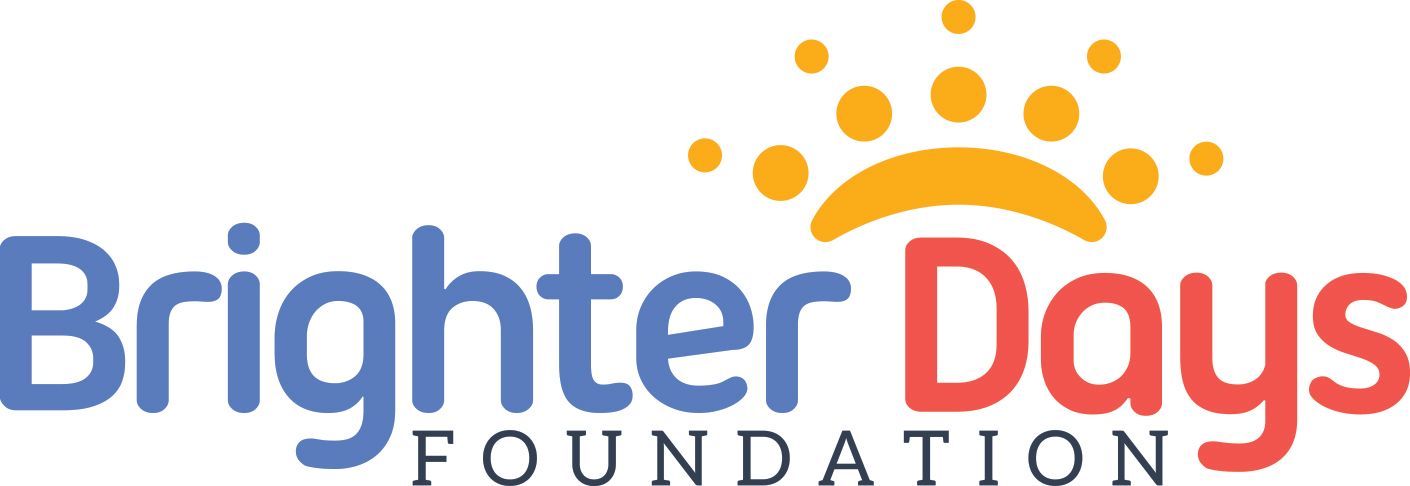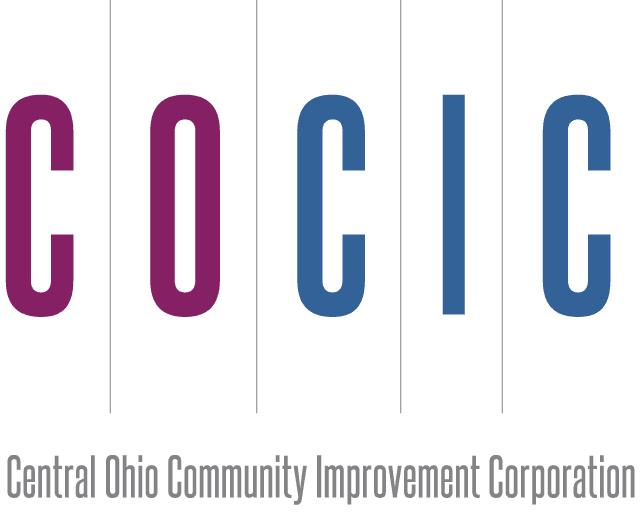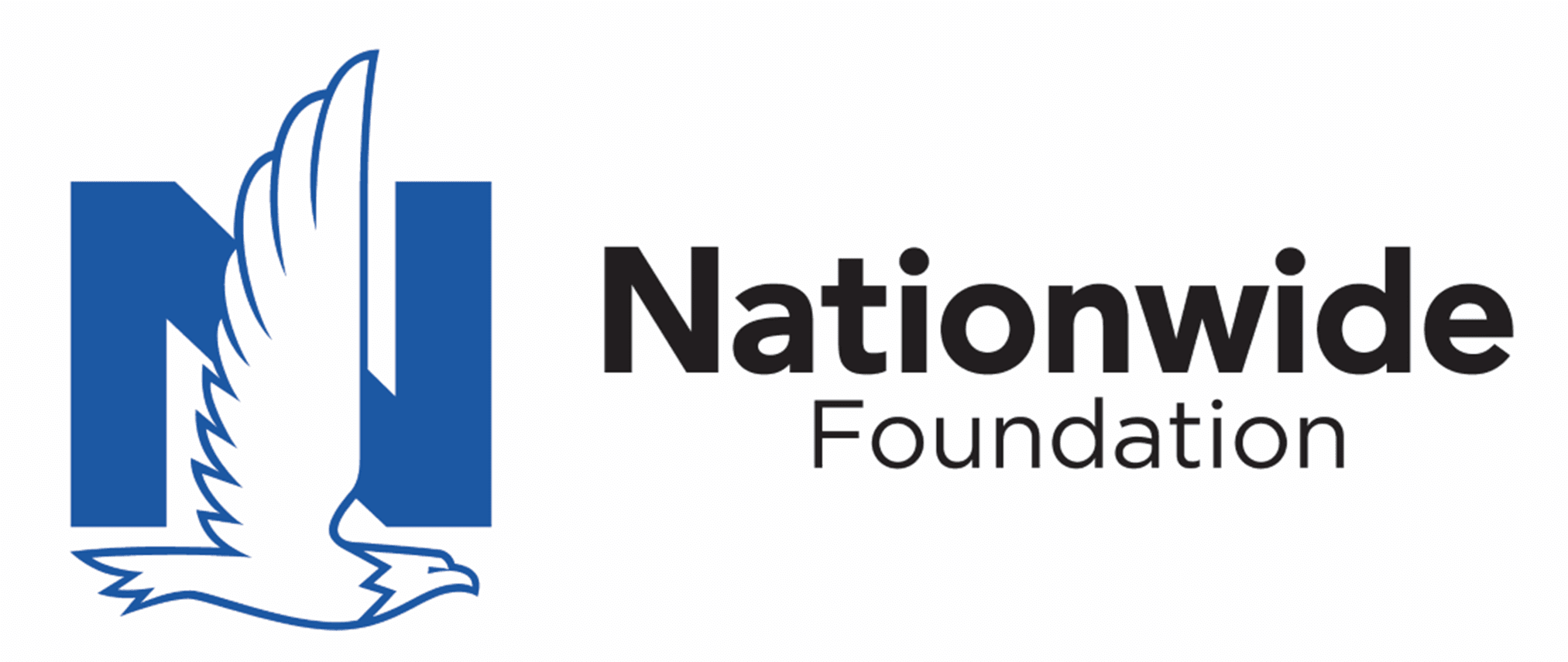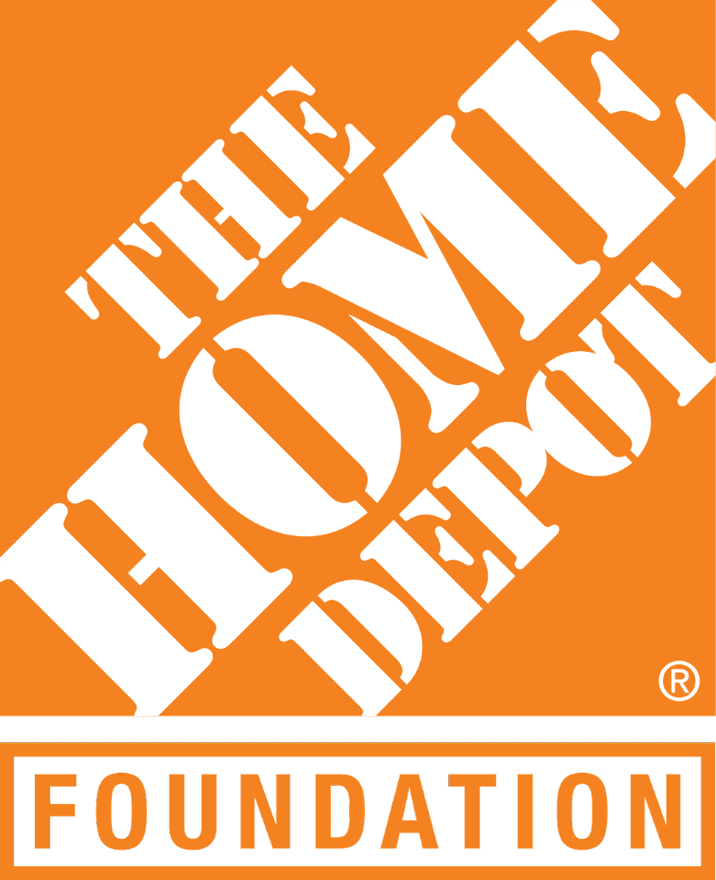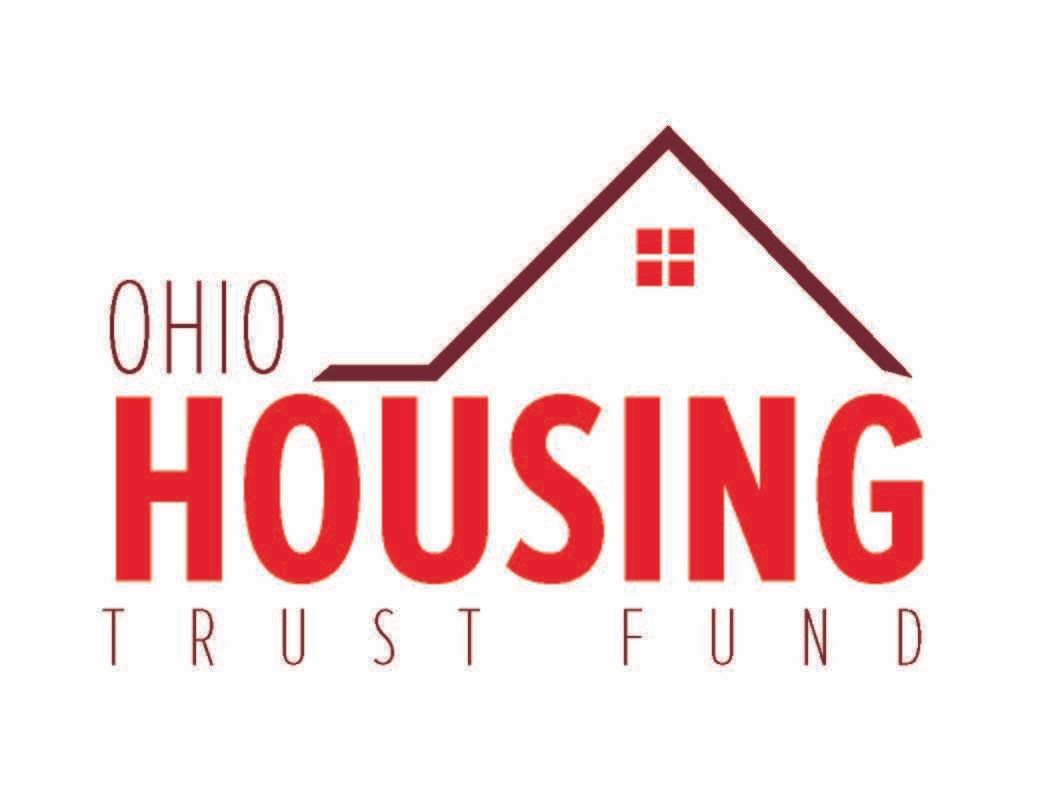Student and Youth Resources
Below are lessons and activities for students and youth to get involved in Habitat's mission without being on site. Most of these can be found on Habitat for Humanity International's website.
Students
Elementary School
What is home? - In this lesson, students read and discuss interviews on the concept of home. Students interview subjects outside the classroom to gather more ideas about what home means to different people, as well as create a quilt patch that exemplifies their idea of home.
Volunteers: changing the world - Students will learn about volunteering, why people do it and how volunteering benefits individuals, communities and society at large. Students will then participate in a volunteer project.
Middle School
Habitat for Humanity Middle School Lesson Set - This lesson set from Habitat for Humanity International teaches students about global poverty and housing issues. Using published statistics and interviews with current Habitat for Humanity families, students have a new way to learn about math, language arts and social studies, including two lessons that focus on the Central American country of Guatemala. Includes two Language Arts lessons, two math lessons and two social studies lessons.
High School
In the Wake of Disaster - In this lesson, students will learn about natural disasters that have devastated communities worldwide and the components that go into Habitat for Humanity’s efforts to rebuild. In small groups, students will generate a slide presentation about these subjects.
Building a Community - In this lesson, students will learn about Habitat for Humanity’s Neighborhood Revitalization Initiative and how it goes beyond simply helping individual homeowners. It takes a broader approach, making contributions that will improve the bonds, station and morale of an entire community. In groups, students will research a single facet of a hypothetical NRI project in detail and make a wedge-shaped poster on the topic. Student groups will assemble their posters so they create a circle, and discuss how individual initiatives together make for holistic, widespread change in a community.
Before and After - In this lesson, students will learn about families who have worked with Habitat for Humanity to attain safe and affordable housing. Students will read articles and interviews about the lives of three different families around the world and the hardships they faced. Students will discover how having a Habitat home has improved their lives. Besides educating students on Habitat for Humanity’s projects, this lesson will emphasize the comparative housing needs and challenges of different world areas. Finally, students will collaborate to create and post blog entries about a fictional Habitat for Humanity project in a different country.
Youth At-Home Activities
Paper Houses - During the pandemic, we saw firsthand the importance of having a safe, affordable healthy home. Imagine having to shelter in place without that kind of a shelter. Start a discussion with your kids about home and what home means to them. While you do, have your kids create their own paper houses using this template.
Use it as a starting point for kids to color and decorate their very own house. Then have your children write messages on the houses about what home means to them. But don’t stop there - after completing your house, share it! Take a picture, post it to social media, and tag an elected official and @costofhome to let everyone know how important housing is to you.
Check out Habitat for Humanity International's Cost of Home campaign for background information.
Community Walking Bingo - Identify strengths in your own community with a family friendly game of bingo, which allows you to get outside, get some exercise, and see your community through a new lens.
When Habitat evaluates potential partner communities, we research the neighborhood’s sense of community, willingness to work together and its ability to sustain ongoing projects and advocacy efforts. Within each partner neighborhood Habitat evaluates seven categories:
- Amenities
- Economic opportunities
- Education
- Health
- Housing
- Safety
- Transportation
We bet you can find some of these important components of a strong community in your neighborhood. Do a mini community evaluation, based on the same principles that inform the ones that Habitat performs, with this fun game of bingo. Once you have a row complete, post a picture on social media and share your thoughts about the importance of housing and of keeping communities strong.



